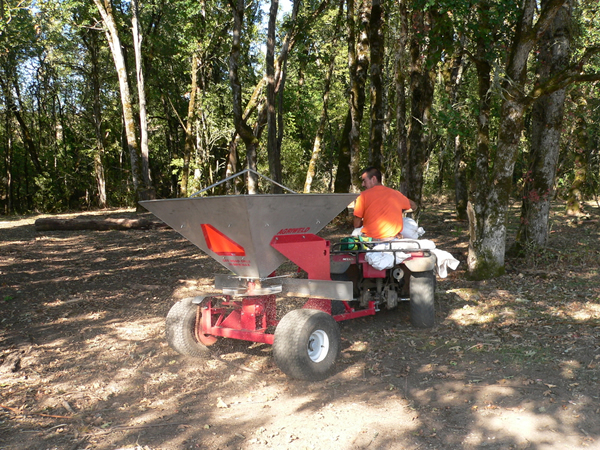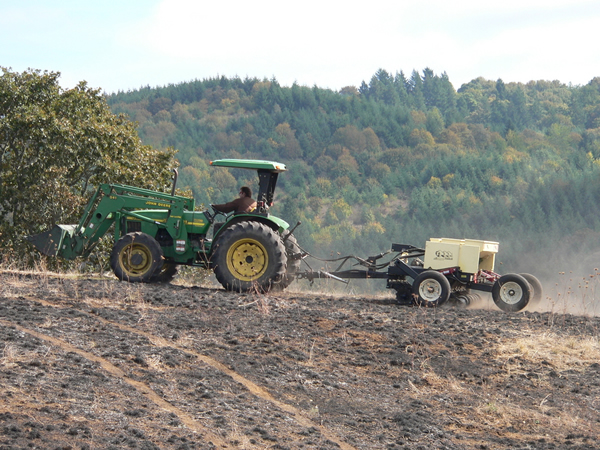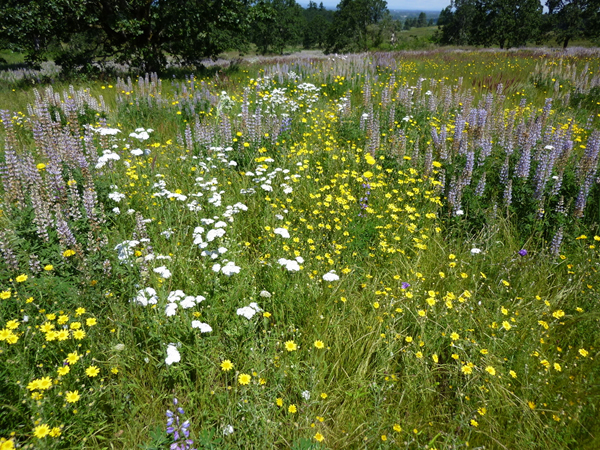Stewardship > Site Preparation
Site Preparation
~Native Prairie and Oak Habitat
Our staff biologist, Lynda Boyer, has prepared two documents that highlight our own restoration journey:
Native Willamette Valley Oak Habitat and Prairie Restoration Site-Preparation and Seeding Information (Rev. 2013)
Prairie Restoration in the Willamette Valley (Rev 2022)
Seeding Rates and Methods (Rev. 2023)
Many native grasses and wildflower species are slow to establish from seed. Proper site preparation is imperative for successful restoration using native seed or plants. Competition from exotic weeds limits the success of native seed establishment and plant persistence. Soil disturbance following site preparation will bring new weed seeds to the surface. This diminishes the success of any seeding or planting efforts. Restoration professionals use a variety of methods to reduce the amount of weeds and weed seed present on a site before native seed introduction. These methods include: tilling, burning, mowing, soil solarization, and various herbicide treatments. We have also had success seeding after ground disturbance such as tree-thinning, excavation, and burning brush piles. This is a great opportunity to get natives onto a site.
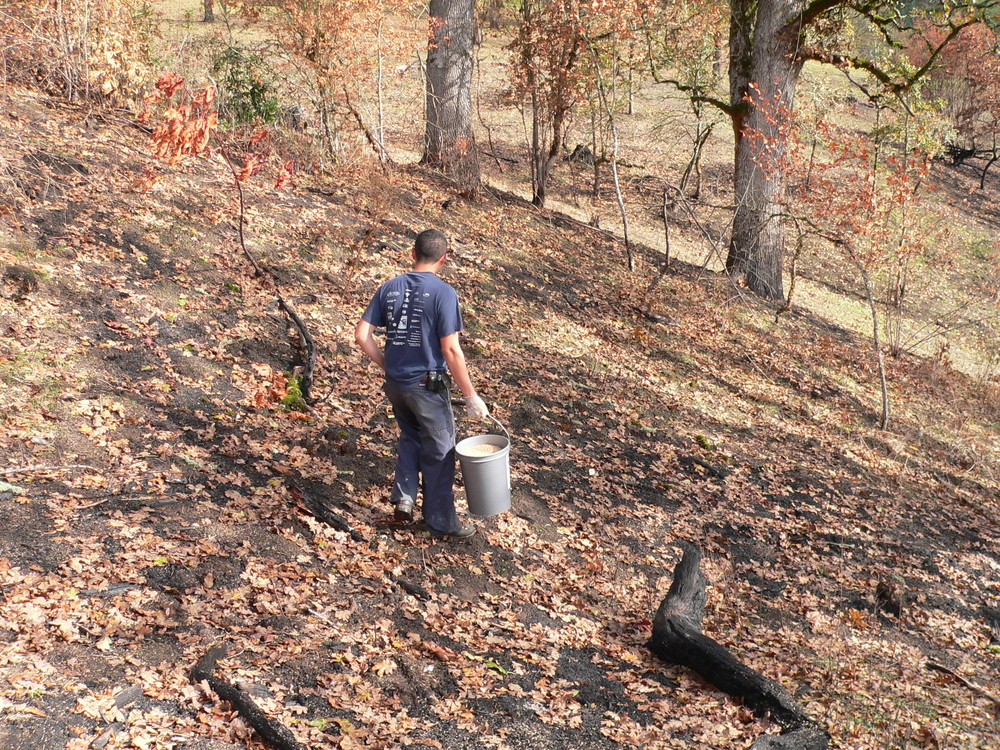
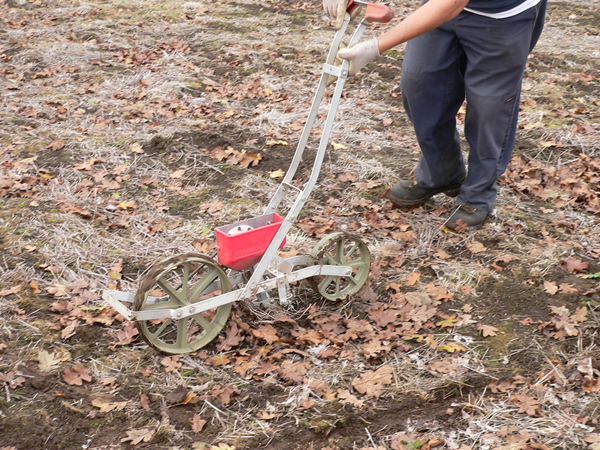
“The care of the Earth is our most ancient and most worthy, and after all our most pleasing responsibility. To cherish what remains of it and to foster its renewal is our only hope.” ― Wendell Berry
Various methods of seeding our sites bring a flowering reward.
